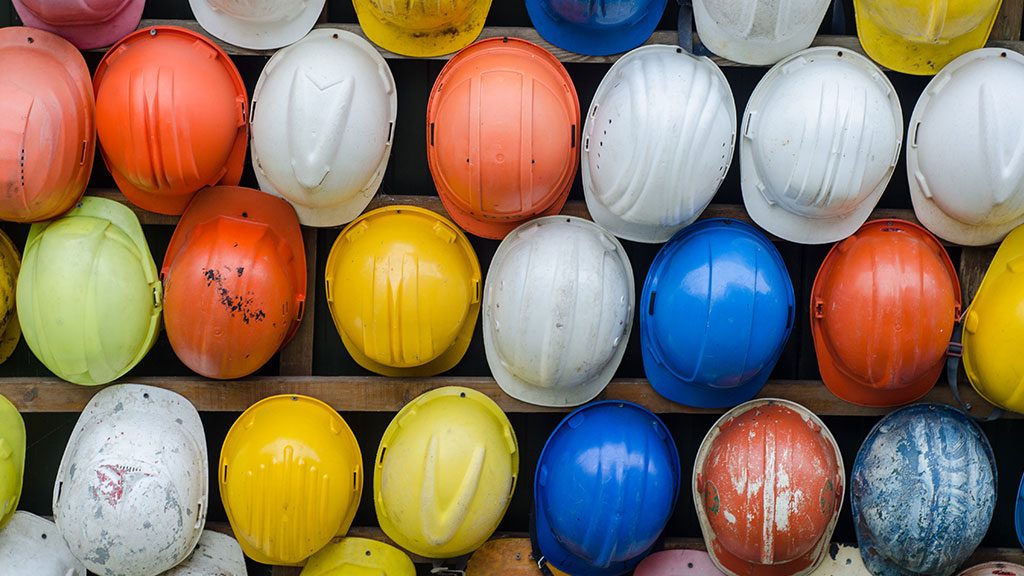In November 2019, an ammonia leak occurred in the refrigeration system of an ice rink at the Alberni Valley Multiplex in Port Alberni, B.C.
The leak took place two years after an ammonia release at the Fernie Memorial Arena in Fernie, B.C. killed three workers while they were performing maintenance on the arena’s ice-making equipment.
The Port Alberni rink was shut down and the necessary repairs and tests were made.
Two weeks later, the rink, which is an important centre of activity in the small Vancouver Island city, was up and running again.
Soon after the ammonia incident, Technical Safety BC (TSBC), which oversees the safe installation and operation of technical systems and equipment in the province, undertook an investigation.
According to the regulator’s report, the source of the ammonia leak was a weld crack in the chiller vessel, one of several internal cracks found in the chiller, likely created during its manufacturing.
Said the report, “The crack grew while the chiller was in service until it penetrated the vessel shell, releasing ammonia into the room.
“Cracks can form inside welds during manufacturing if certain precautions—such as welding procedures that avoid formation of internal defects and high residual stresses—are not taken.
“Stress corrosion cracking was also a possible contributing factor.”
Port Alberni chief administrative officer Tim Pley says the leaking chiller was a replacement for an older one that had been in service for 17 years and which was expected to last for another three years.
“The Fernie incident made the replacement of the old chiller more of a priority,” said Pley.
According to the investigation, the Alberni Valley Multiplex remained operational for approximately two days before the source of the leak was found.
Although all ammonia leaks must be reported to TSBC within 24 hours of occurrence, in accordance with the provincial Safety Standards Act, Port Alberni didn’t do so.
“We should have called TSBC right away,” said Pley. “Instead, we called WorkSafeBC. We won’t make that mistake again.”
To put the incident in context, only a tiny amount of ammonia leaked. Furthermore, the gas didn’t leave the arena’s equipment room but was vented into the atmosphere by the arena’s exhaust fans.
“The rink’s patrons were never at risk of harm,” said Pley.
In the future, says Pley, Port Alberni wants to develop a close and mutually beneficial working relationship with TSBC.
“We are asking it to do the same,” he said. “We need to work together to communicate back and forth in the future. We need to develop and maintain a close relationship with the regulators before there is an incident. Right when an incident takes place, when there is an emergency, is not the time to meet your regulator.”
Pley says Port Alberni also needs to play a leading role whenever it faces an emergency like the ammonia leak.
“The city deferred to the expert contractors who were on the scene,” he said. “We need to become more knowledgeable about our systems, how they interact and how we can play a leading role.”
In any future emergency, the city needs to be in charge of the situation.
“There are many experts on whom we need to rely for their expertise and specialization, but the city needs to play a leading role to coordinate and direct their efforts,” Pley said. “In the future, we want Port Alberni to become a shining example of ammonia management and perhaps take our management program to other municipalities in the province. We want to become the best.”
Jeff Coleman, Technical Safety BC’s director of risk and safety knowledge, says that what usually happens when there is failure like the Port Alberni ammonia leak is to call in a refrigeration contractor, who will do a quick assessment and then a quick repair.
“But this was an abnormal situation and it should have led to a thorough check of the system, which would have taken more time,” he said. “You can’t operate a failing system.”
When a failure situation isn’t normal, you can’t use a normal approach to remedy it, says Coleman.
“You need to think differently and call in the experts,” he said. “A normal line technician probably can’t fix it.”
The cause of the Fernie tragedy was different from Port Alberni’s incident.
“At Fernie, there was an old system with old components that was being operated past its useful life,” said Coleman. “Ammonia pressure built up until there was a rapid release of ammonia gas into the air while the three men were in the equipment room, and that’s what killed them.”











Recent Comments